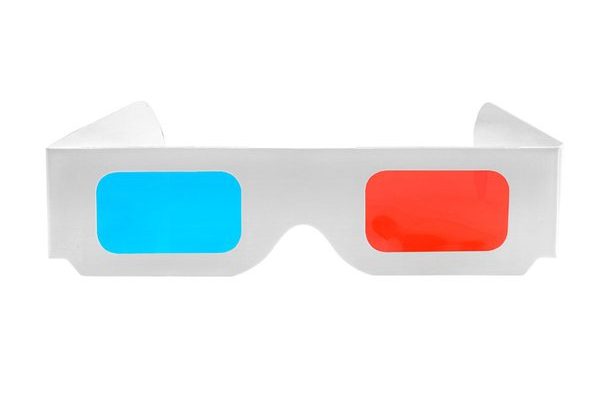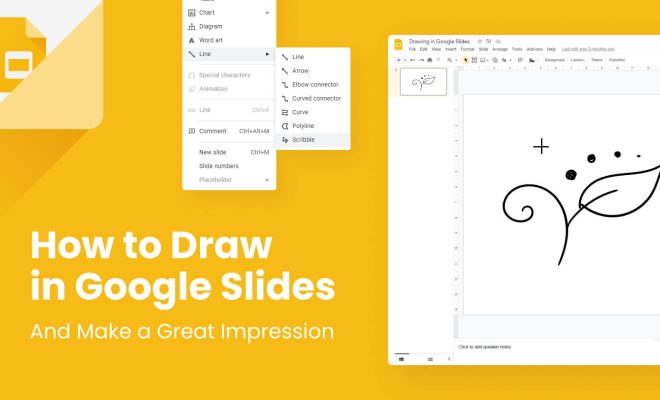Why Doesn’t 3D Work for Some People?

For some people, 3D movies or video games simply don’t work. These individuals might experience dizziness, headaches, nausea, or eyestrain. They may also struggle to perceive the 3D effects altogether. The phenomenon is commonly known as “stereo blindness.”
But what causes stereo blindness? Why does 3D work for some people but not for others? Scientists have been trying to answer these questions for years, and while there’s no definitive answer, there are a number of factors that could be at play.
One potential cause of stereo blindness may be related to the development of the visual system during childhood. If an individual didn’t receive proper visual stimulation during the critical period of brain development (roughly the first eight years of life), their brain may not be able to properly process the subtle disparities in the two images that create a 3D effect. Similarly, if an individual has a visual impairment that affects the alignment of their eyes, they may not be able to perceive 3D images properly.
Another possible explanation lies in individual differences in the way that our visual systems process the world around us. Some people may be more sensitive to certain types of visual information than others, or they may perceive depth differently depending on the context.
In addition, the way that 3D content is produced and presented can have a big impact on whether or not it works for a given individual. For example, some people may be more susceptible to motion sickness caused by quick camera movements or fast-paced action sequences. Similarly, if the 3D effect is too subtle or poorly executed, it may be difficult for some individuals to perceive.
While stereo blindness may be frustrating for those who experience it, it’s important to remember that it’s a relatively minor issue in the grand scheme of things. Most people are able to enjoy 2D movies and games just fine, and there are always alternate versions of 3D content available for those who can’t perceive the effect.
To date, there’s no reliable treatment for stereo blindness, but as our understanding of the visual system continues to evolve, it’s possible that new solutions will emerge. In the meantime, if you’re one of the unlucky individuals for whom 3D doesn’t work, don’t despair – there’s still plenty of great content out there that you can enjoy just as much in two dimensions.






